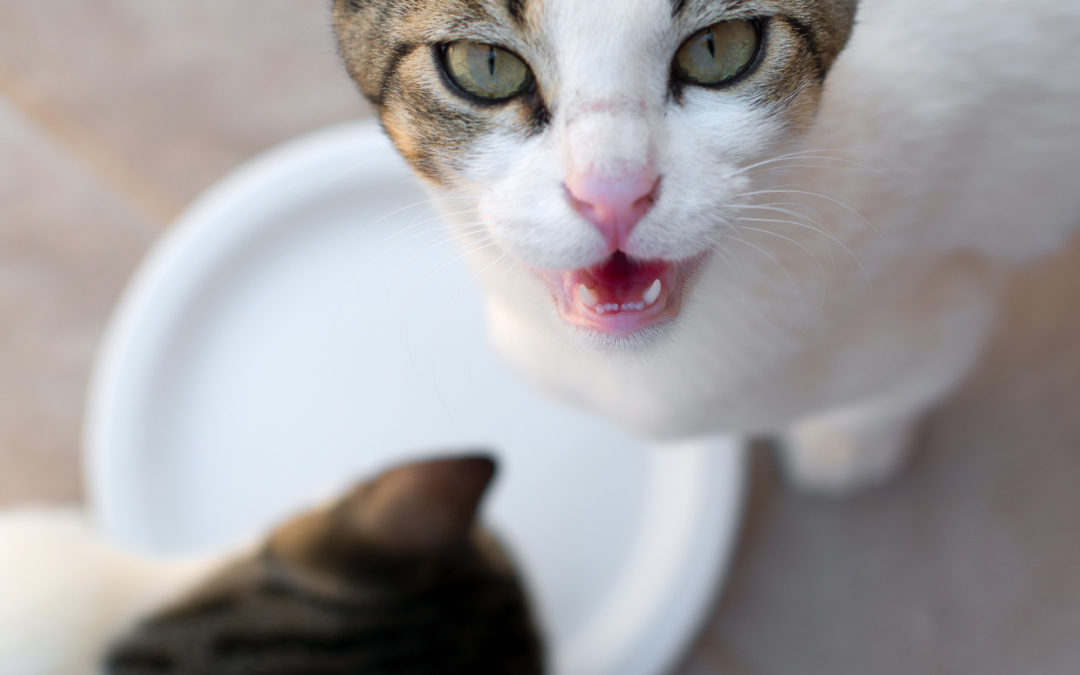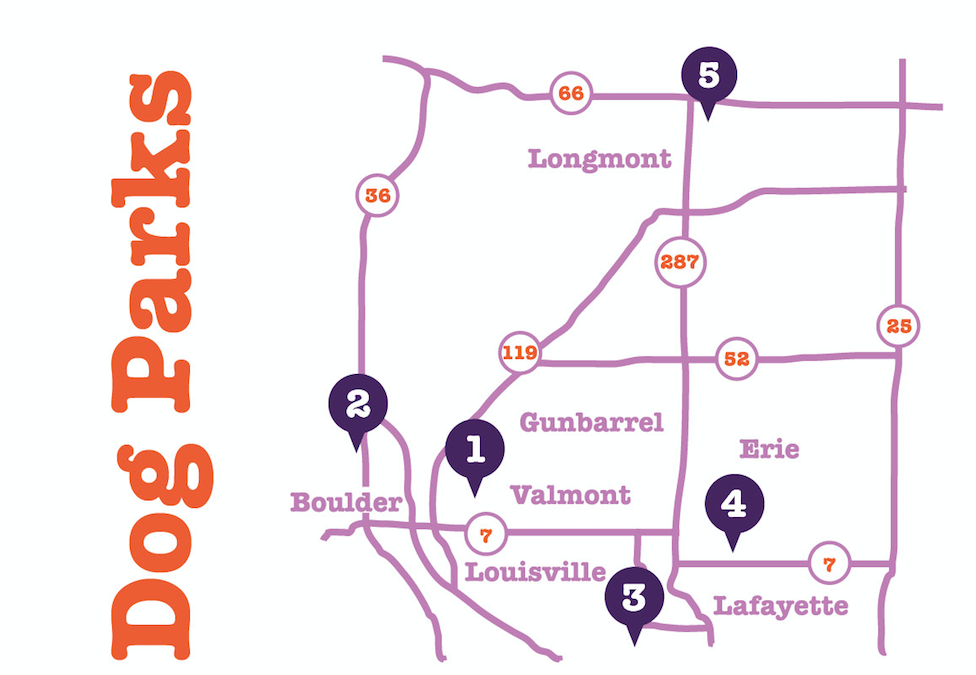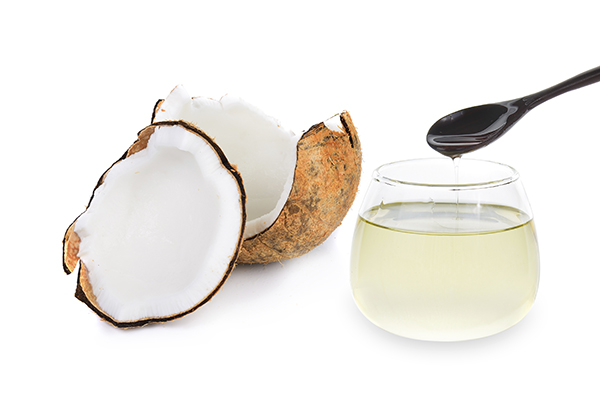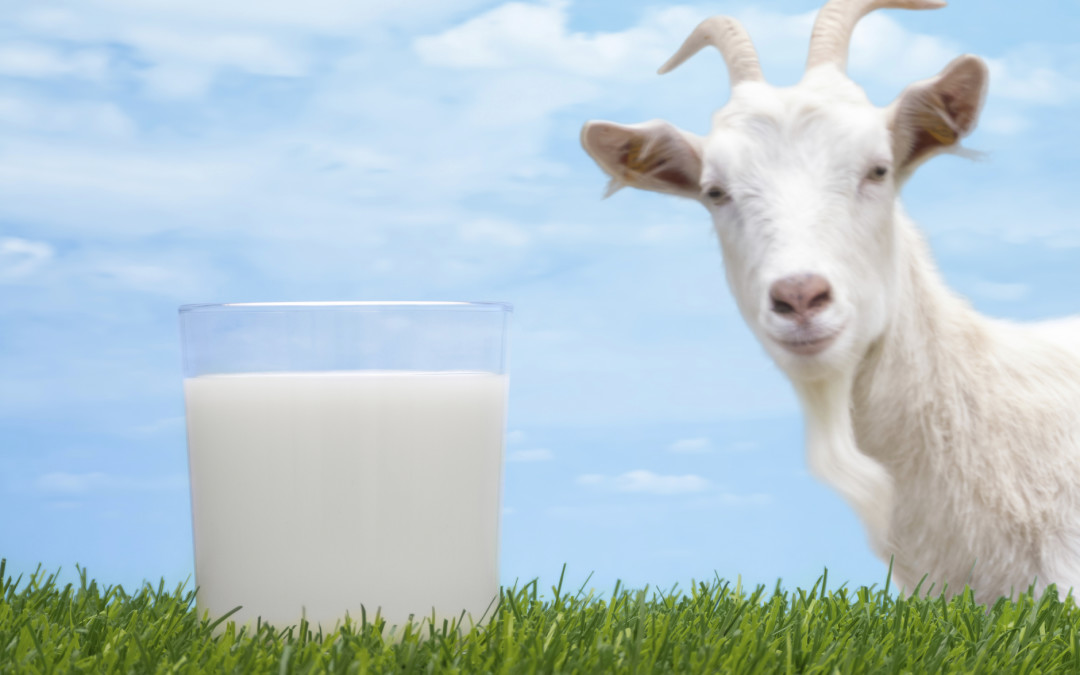
by Admin 2 | May 3, 2016 | Cat Health
Good, Better, Best – Without Judgement
Oh, so many years ago, after I had just gotten my first dog, Reed, I went to an independent pet store to purchase food. “I’m looking for Pro Plan. It’s what the breeder feeds”, I said to the owner, when asked what I was looking for. Then she climbed on her soapbox and proceeded to tell me how I was poisoning my dog and what she sold was infinitely better. It took me 3 months to get over my guilt and embarrassment before I went back to that store and purchased a natural food for Reed.
At Struttin Pup, we strive to help you – wherever you are in the current moment – without judgment. Everyone is at a different point in their own personal health journey and that of their animal. Regardless of whether time, money, or convenience are your main concerns regarding what you feed your pet, quality is always going to be foremost at Struttin Pup.
Let’s focus, for now, on what to feed your cat, depending on where you are in your journey. I’ll explain what your cat should be eating and why, and then we’ll examine the different means to get the best for your cat, whether it’s dry, canned, dehydrated or raw.
- Cats are obligate carnivores.
- Cats don’t produce salivary amylase to break down starches. Simply put, they don’t produce the enzymes required to digest carbohydrates.
- Take a look at your cat’s teeth, they’re pointed and sharp and are designed to bite, tear and chew raw meat. With the exception of their back molars, which provide a very limited ability to masticate food, their teeth are not designed to chew grains.
- A cat’s natural diet contains less than 2% carbohydrate. Dry foods, even grain-free, contain between 20 to 40% carbohydrate. Excess carbohydrates can lead to obesity and diabetes in your cat.
- A cat’s natural diet contains between 65 to 75% moisture. Dry cat food, for example, only provides up to 10% moisture. A diet lacking in moisture can cause chronic dehydration, leading to urinary tract problems. And sadly, due to their low thirst drive, your cat won’t just drink more water.
- Cats need 2 to 3 times more protein than dogs, roughly 52%. Dry cat food typically contain only 30 to 35% protein
Now that you have the basics, you can see why dry kibble is not our first choice for your cat. With that said, sometimes that’s just where you are on your journey, and that’s ok! We’ll start you and your cat on your journey with a natural, grain-free kibble that is high in protein, contains no by-products, corn, soy or fillers.
Next up…canned cat food. Canned food is higher in protein, lower in carbohydrates and has a higher moisture content, compared to dry food, making it the next best choice in your decision of what to feed your cat. Because canned food is more easily digested and utilized by your cat, a bonus is less solid waste in the litter box!
Dehydrated raw food, like The Honest Kitchen, is a great option for those who want to feed a raw, but aren’t comfortable with raw. It’s also the perfect way to transition your cat from dry to raw food and is great for cats recovering from a GI problem or pancreatitis. Dehydrated cat food is dry, but only until you add water. Then it provides a biologically appropriate 70% moisture to your cat’s diet. Dehydrated food hasn’t been processed at high temperatures, leaving the majority of its nutrient values intact.
As for the creme de la creme, it would be raw cat food. Feeding raw cat food has so many benefits:
- Better urinary health
- Increased vitality
- Healthy coat, fewer hairballs and less shedding
- Better dental health
- Improved digestion
- Natural weight control
- Less stool volume and odor
By feeding a raw food diet to your cat, your cat is getting just what it needs, biologically speaking. And with the convenience of frozen raw food, like Rad Cat, it’s so easy to provide, just thaw and serve!
Just know that you’re on the right track. You took the time to read this blog which means you’re interested in making the best decision for you and your cat, wherever you are in your journey. We’re here to give you the information you need to make the best decision you can, based on your current situation. No judgment – honestly.

by Admin 2 | Apr 26, 2016 | Dog Adventure
In Boulder County, Colorado, we have 145 miles of trails of which 90% are open to dogs, giving you and your best friend lots of opportunities to explore. In some areas, your dog must be leashed, in others are your dog is allowed off-leash completely, or off-leash if they are wearing a voice and sight tag and are under voice and sight control.
DOG PARKS in Boulder Country
In these parks your dog can run free, unleashed. However, leash laws still apply as you approach and leave the park. Aggressive dogs are prohibited in all dog parks. And remember to be respectful to other patrons and their dogs, keeping an eye on your dog at all times to make sure he’s not overwhelming anyone else, and picking up his/her poop. All Boulder County dog parks are free and open to the public from dawn to dusk!
LAKES & RESERVOIRS
As the weather gets warmer, and your dog is a swimmer you may be interested in finding a place to take them. And there are plenty of places, some allow for full-blown swimming and others do not.
Places that allow dogs, but they must be on-leash (so your dog can swim as far as your leash can reach) are:
Other great places to swim, that allow your dog to be off-leash, are:
TRAILS
We have so many fantastic trails to choose from here in Boulder County. Here are just a few fantastic trails for you and your dog to discover:
Your dog is allowed to be off-leash on the vast majority of their trails IF they have a voice and sight tag.
VOICE AND SIGHT TAG REQUIREMENTS
- You’ll need to attend a one hour class
- Boulder Resident’s need to have a Boulder Dog License
- Non-Boulder Resident’s need proof of current rabies vaccination
- Pay a fee ($13 City of Boulder residents, $33 Boulder County, but not City, residents, $75 Non-Boulder County Residents
- Fee includes one guardian, one dog. $5 for each additional guardian, $10 for each additional dog
- Voice and Sight Tag Program privileges must be renewed annually and must complete an online refresher course at least every 5 years.
When you’re training voice and sight control with your dog, you can practice at one of Boulder County’s dog parks until you feel confident that your dog is well trained. Once you’ve received your voice and sight tag, your dog must wear his tag on all city trails that allow voice and sight control. You must also carry a leash for each dog you’re with. If you or your dog(s) are not following these rules, or he is not within your sight and under voice control, chases other dogs, wildlife or livestock, you can be face a minimum fine of $100.
To register for Boulder’s Voice and Sight Tag Program, click here.
Remember your manners and PICK UP POOP
Open Space and Mountain Parks have partnered with Envirowagg Doggone Good Compost on the coolest program. Did you know that the average dog produces an average of 275 pounds of waste per year?! Now, compostable bags and waste receptacles are located at many popular trailheads and access points such as Dry Creek Trailhead, South Mesa Trailhead, and Marshall Messa Trailhead. Envirowagg then composts the waste into soil for beautiful plants in Colorado.
If you’re hiking at an area that doesn’t have this awesome program yet, make sure to use 100% plastic-free bags like Earth Rated  or Bio Bag’s
or Bio Bag’s compostable dog waste bags. or look for Struttin Pup’s very own bio-degradable poop bags at local dog parks!
compostable dog waste bags. or look for Struttin Pup’s very own bio-degradable poop bags at local dog parks!
WANT MORE RESOURCES?
Sign up, to get Struttin Pup’s list of favorite parks, healthcare practitioners, dog walkers and more!

by Admin 2 | Apr 6, 2016 | Dog Health
Coconut Oil can do wonders!
We’ve all heard of feeding your dog fish oil, but coconut oil? Let us explore coconut oil a little. Most of the saturated fats in coconut oil are Medium Chain Triglycerides (MCT’s), which is where most of its benefits come from. Lauric Acid has antibacterial, antiviral and anti-fungal properties. Also, MCT’s are efficiently metabolized to provide an immediate source of fuel and energy, enhancing athletic performance and aiding weight loss.* Coconut oil balances the thyroid and gently elevates the metabolism leading to more energy. It can protect from illness, improve digestion, reduce allergic reactions and also speeds healing. And, like fish oil, coconut oil improves a dog’s skin and coat – without the mercury!
The benefits of Coconut Oil are:
- Prevents and treats yeast and fungal infections
- Relieves arthritis and ligament problems
- Makes coats smooth and sleek and helps with dog odor
- Improves digestion and nutrient absorption
- Reduces or eliminates bad breath
- Aids healing of digestive disorders like IBS and Colitis
- Helps reduce weight
- Increases energy
- Regulates and balances insulin, and promotes normal thyroid function
- Applied topically, it promotes the healing of cuts, wounds, hot spots, dry skin and hair, bites and stings
- Helps prevent or control diabetes
Integrative Veterinarian and Naturopathic Doctor, Dr. Karen Becker recommends ¼ tsp for every 10 pounds of body weight twice daily. If you have some coconut oil in your pantry or fridge that you use yourself, treat your dog to it today! If not, Struttin Pup carries K9 Granola Organic Virgin Coconut Oil as well as Bellyrubs Organic Coconut Flakes. The coconut flakes are simple to throw on top of your dogs’ food and they taste delicious. In fact, one customers’ son ate an entire bag of Bellyrubs Organic Coconut Flakes before he discovered they were for his mom’s dog!
*Dogs Naturally, June 8, 2011

by Admin 2 | Mar 30, 2016 | Dog Nutrition
For months we waited for an outcome in several class action lawsuits against Blue Buffalo for false advertising. Blue Buffalo claims their food does not contain any by-products, wheat, corn or soy. The lawsuits claim that, according to numerous investigations, Blue Buffalo does, in fact, contain these ingredients.
Though Blue Buffalo has refused to admit any wrongdoing, they have agreed to pay $32 million in order to settle these allegations of false advertising. Blue Buffalo acknowledged that a Texas supplier had given them a mislabeled ingredient. The “chicken meal” from the supplier was, in fact, poultry by-product meal – a less expensive ingredient that Struttin Pup refuses to carry in any of its products because it can include ground-up and dried intestines, necks and feet.
This was a tough decision for us to discontinue carrying Blue Buffalo. Bad things can happen to good people. Blue Buffalo may have truly been duped by an unscrupulous supplier. But in the end, we chose to discontinue our relationship with Blue Buffalo because it points to larger problems that Blue Buffalo has – a lack of oversight of its ingredients as well as a lack of testing measures that could have prevented such a problem from happening in the first place.
Consumers who bought Blue Buffalo pet food from May 7, 2008 through December 18, 2015 are eligible to submit claims by April 14, 2016. The settlement will pay $5 for each $50 spent. Those with proof of purchase can receive a total of up to $200. Those without proof of purchases are capped at $10. If you have bought Blue Buffalo from us and are in need of proof of purchase, please contact us. We can help! Please call us at 303-665-3038 or email us at struttinpup@gmail.com and we will look up your past purchases and print you a receipt that you can, in turn, submit at www.petfoodsettlement.com.

by Admin 2 | Mar 22, 2016 | Dog Nutrition
Lately, my new favorite product is raw goat’s milk. I started using it when my three year old golden retriever began belching louder than Barney from The Simpson’s. There’s a lot of buzz about why we should be dairy free, so let me first delve into the difference between cow’s milk and goat’s milk.
Worldwide, goat’s milk, not cow’s milk is the most consumed milk. It has some unique properties that make it a better choice than other milks. The fat molecules are 1/5th the size of those found in cow’s milk, it has a looser curd formation, and a higher concentration of small and medium chain fatty acids which allow it to be digested more quickly and efficiently. Cow’s milk contains alpha-s1-casein protein, which may cause more allergic reactions than goat’s milk. Additionally, cow’s milk contains different forms of the beta-lactoglobulin and alpha-lactalbumin proteins, which have been associated with allergic reactions. Because raw goat’s milk is not pasteurized, lactose intolerant people and pets typically do well on it.
Now that we’ve established that there is a difference between cow’s milk and goat’s milk, let’s look at some of the benefits of goats milk.
- Digestion – Some dogs are just more sensitive than others. Whether it’s gas, loose stools, belching, colitis, diarrhea or IBS, raw goat’s milk can ease your dog’s GI issues. It’s packed with pre and probiotics as well as enzymes which help it wipe out bad bacteria in your dog’s gut and repopulate it with beneficial bacteria. Also, if your dog is on an antibiotic, raw goat’s milk can be invaluable.
- Arthritis or Joint Problems – Raw goat’s milk can help reduce inflammation, pain and swelling. It speeds up tissue repair and helps improve circulation.
- Allergies – Due to its high level of capryclic acid, raw goat’s milk helps fight yeast infections that often occur in response to allergies. It’s a natural antihistamine and contains anti-mucous and anti-inflammatory properties which make it perfect for dogs with food or environmental allergies.
- Immune Booster – Because of the amount of vitamins, trace minerals, fatty acids and enzymes, raw goat’s milk can enhance your dog’s overall health. It’s been shown to fight many common ailments such as kidney issues, liver disease, cancers, diabetes, heart disease, ulcers and various nervous system and brain disorders.
- Malnutrition and Pickiness – Because raw goat’s milk is a great source of easily absorbable protein, it’s a great, healthy, way to gain weight. My dog can attest to it’s palatability. It’s a great topper to add to your picky dog’s food to entice him to eat! It can also be used as a replacement milk for kittens and puppies.
Struttin Pup carries raw goat’s milk from several different companies, like Answers, Primal and Big Bark. All are slightly different (some contain turmeric, some contain honey and cinnamon, some contain ginger, etc) so stop by and ask us for help in choosing the perfect one for your pet!








